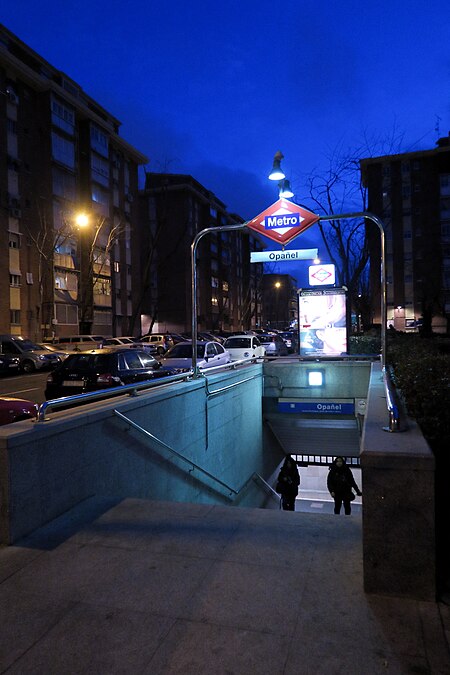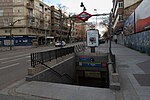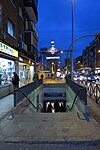The Crown of Castile was a medieval polity in the Iberian Peninsula that formed in 1230 as a result of the third and definitive union of the crowns and, some decades later, the parliaments of the kingdoms of Castile and León upon the accession of the then Castilian king, Ferdinand III, to the vacant Leonese throne. It continued to exist as a separate entity after the personal union in 1469 of the crowns of Castile and Aragon with the marriage of the Catholic Monarchs up to the promulgation of the Nueva Planta decrees by Philip V in 1715.
In 1492, the voyage of Christopher Columbus and the discovery of the Americas were major events in the history of Castile. The West Indies, Islands and Mainland of the Ocean Sea were also a part of the Crown of Castile when transformed from lordships to kingdoms of the heirs of Castile in 1506, with the Treaty of Villafáfila, and upon the death of Ferdinand the Catholic. The discovery of the Pacific Ocean, the Conquest of Mexico, the Conquest of Peru, the Conquest of New Granada as well as the Conquest of the Philippines all helped shape The Crown of Castile into a global empire in the 16th Century.
The title of "King of Castile" remained in use by the Habsburg rulers during the 16th and 17th centuries. Charles I was King of Aragon, Majorca, Valencia, and Sicily, and Count of Barcelona, Roussillon and Cerdagne, as well as King of Castile and León, 1516–1556.
In the early 18th century, Philip of Bourbon won the War of the Spanish Succession and imposed unification policies over the Crown of Aragon, supporters of their enemies. This unified the Crown of Aragon and the Crown of Castile into the kingdom of Spain.
Even though the Nueva Planta decrees did not formally abolish the Crown of Castile, the country of (Castile and Aragon) was called "Spain" by both contemporaries and historians.











